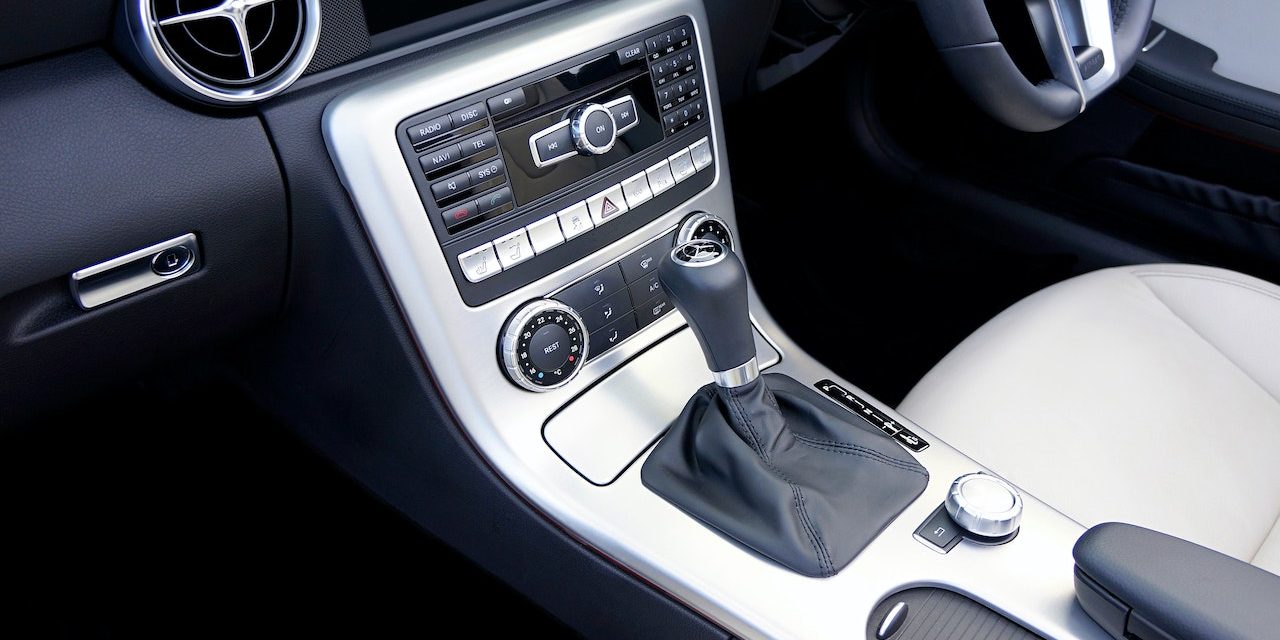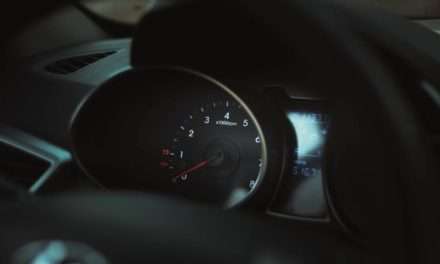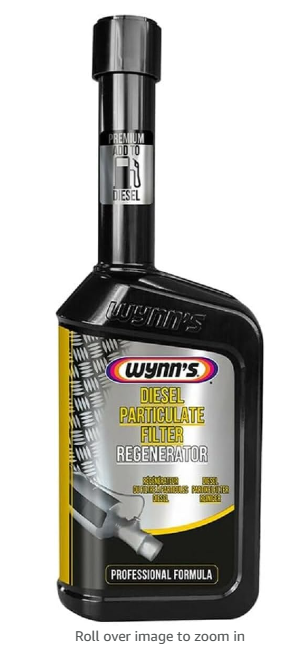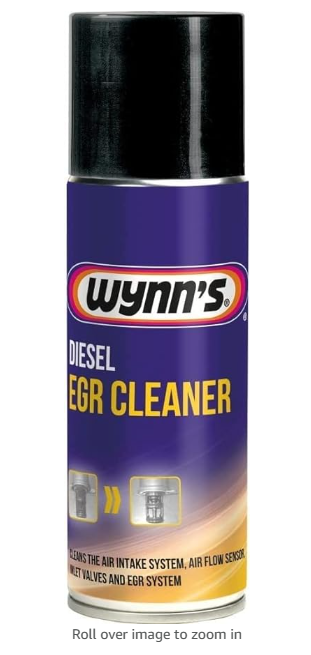Normally, cars that come in automatic transmission post great fuel economy. But with age and neglect on maintenance, it might start consuming more fuel than necessary.
Start by knowing the manufacturer-recommended fuel economy (in miles per gallon). You can then test the vehicle for highway and city driving to see whether it meets those figures.
If the consumption goes up too much, something could be wrong with the car.
1. Using air conditioning all the time
Most people think that the amount of fuel air conditioning consumes is negligible, and perhaps it is. However, when you add that little amount to what your car consumes from braking and accelerating fast, you could end up wasting gallons a month.
Switch off the air-conditioning and open the windows when you are driving at moderate speeds.
If you are driving at high speed, do the vice versa. Close the windows and switch on the air conditioner. It will help you to save more fuel. Opening the windows at high speed affects the vehicle’s aerodynamics, causing it to consume more fuel.
Installing car shades for summer will keep the heat out. The benefit of these shades is that you can lower the windows and leave the shades up. They also protect the occupants and the interior of the car against UV damage.
2. Check your driving habits – light vs. heavy foot
Before you blame your car, check your driving habits. Drivers who save most fuel drive at one speed consistently, for a long time.
While this might not be possible for city driving, on the highway, hitting and maintaining the peak speed that you want to drive at can save more fuel than sudden acceleration and deceleration all the time.
Light foot driving is when you apply low pressure on the accelerator pedal gradually. The heavy foot kind of driving is where you push back against your seat and press the pedal to the floor, until you hear the engine screaming.
Not only does heavy foot driving increase fuel consumption, but it also increases the rate of wear and tear on your car.
3. Driving in low gears all the time
Keeping the car on low speed all the time does not save fuel. It runs on the low gears all the time, which consume more fuel. If it is locked into the low gears, you will over-rev the engine and your car will consume more fuel.
Driving in high gears all the time is also going to consume more fuel. But the difference between it and low gear driving is that your car consumes more, but you get to your destination faster. In low gears, your car consumes more, but it does not move faster.
Check the user manual of your car. Some older car models are supposed to be driven in overdrive mode all the time. If you drive such a car with overdrive mode off, you will be doing the two lower gears only, hence the slow speed.
4. Engine faults
If your car shows the CEL- check engine light, and you keep ignoring it, it could build up to a myriad of issues.
The most common engine faults include worn out spark plugs (for gasoline engines, diesel engines have heater plugs), which can cause poor fuel economy as the vehicle starts to misfire. You have to press the accelerator harder to attain the speed you want.
Check the air filter. If it is clogged with dust, it is going to affect the fuel usage. Faulty oxygen sensors, blocked engine valves, clogged fuel filter, faulty fuel pump and others need to be maintained in top shape.
5. Poor start-stop habits
Stomping on the brakes, and accelerating hard, will consume more fuel. Stay more alert on the road and when coming to a stop, start braking gradually from a distance.
When accelerating, apply gentle force on the pedal and build your speed gradually. Once the engine attains the desired RPM, keep it there. There is no need to keep over-revving the engine, as that only consumes more fuel.
The bottom line is… when you brake or accelerate suddenly, you force the engine to work extra hard. That is how it consumes more fuel.
6. Overloading your car
A car with a full trunk is going to consume more gas than an empty one. The car is pulling more weight, so the engine has to chuck out more power. This power comes from fuel.
If you are going uphill with a full load of people and stuff in the trunk, the car will consume more gas. As soon as the engine senses that there is more work, it will downshift and consume more fuel.
Overloading does not only mean carrying goods in the trunk. It also means carrying passengers in the car. For instance, when the driver is alone, the vehicle will consume less gas than when the vehicle has a full passenger capacity. Any weight added makes the engine do more work, thus consuming more fuel.
7. Using the wrong engine oil
This also has a big effect on how much gas your car consumes. For instance, when the oil is too thick, the pistons will not move as freely as they should unless they get more … yes, you are right … Power!
If the engine demands more power to do a certain task, it means higher fuel consumption. There are many moving parts that require lubrication. Even the oil pump has to work harder to push the oil around. It will require more power for low viscosity oils.
Please note that using the wrong engine oil can also cause the vehicle to overheat. This can cost more money to replace the cylinder head gasket and other parts. Always refer to your user manual to service your vehicle with the right engine oil.
8. Wrongly inflated tires
Most sedans require to be inflated to 32 to 40PSI – pounds per square inch. Your car should have the pressure rating indicated on the seat belt, near the bottom.
Even if you cannot find this information there, just check in your car’s user manual to know how much pressure you need in the tires.
If you underinflate the tires, a wide part of them stays in contact with the road surface. It creates more friction, so the car requires more power to drive at a good speed.
While still on the tires, make sure they are not worn out. If the tires have poor grip on the road, they will spin more and this consumes fuel.
Also, balance all the tires with the recommended pressure. This makes the car easier to control even at high speed.
Wheel balancing and alignment are also very important when it comes to vehicle control and build-up.
Conclusion
Keeping a car running is hard work. Therefore, do not spend more than you have to, especially on fuel.
In addition to the tips shared here, also warm up the car engine for a few minutes. Do not just start the car and drive off after a cold night. Cold engines consume more fuel because the oil is thicker and so it takes more power to pump around the engine.
Use the right fuel for your car. Check whether your car requires fuel with higher octane rating. Most performance cars need this kind of fuel.
In the USA, there are three octane levels for fuel. The low octane (87) fuel is also called regular fuel. The Midgrade or mid-range octane fuel is between 89 and 90 while the highest octane fuel is 91-94.





